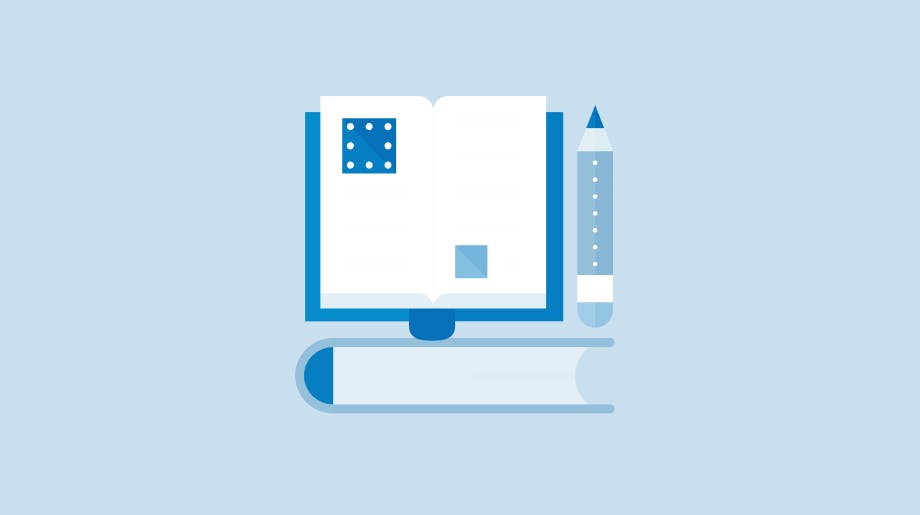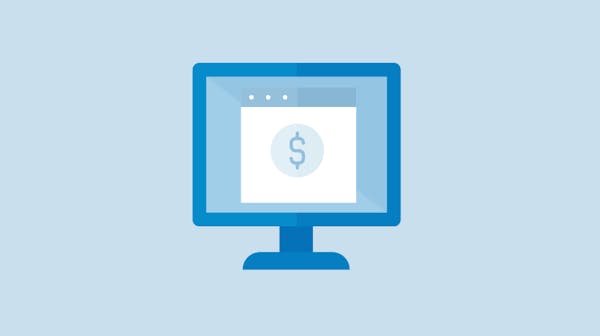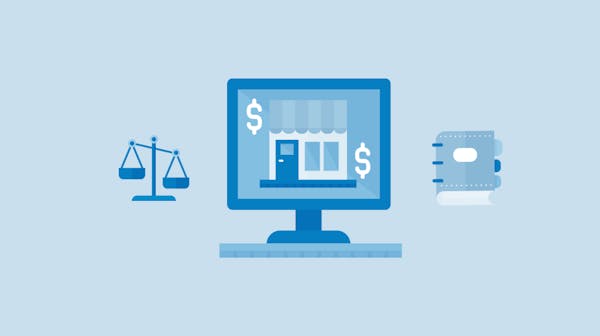For a small business owner or entrepreneur, finding where to get invoices that are professional and easy to manage can be crucial.
The answer is in leveraging modern invoicing platforms. With features like customizable templates, automated tracking, and integrated payment systems, these platforms offer a convenient and secure way to create, send, and manage invoices. But, not all invoicing tools are created equally, prompting you to consider which ones truly meet your business needs and how to use them effectively.
Creating Professional Invoices with Ease
Navigating the world of entrepreneurship requires juggling a myriad of tasks, with invoicing sitting atop the list. It begins with selecting a seamless platform that offers a range of customizable templates. Here, the focus should be on clarity and brand alignment—incorporating your logo, color scheme, and typography to forge brand identity on every bill you send out.
Tending to the vital elements of your invoice is just as crucial. This includes straightforward headers, a comprehensive breakdown of services rendered or products sold, corresponding costs, and the pivotal total amount due. Adding clear payment terms and accepted methods ensures there's no room for ambiguity, paving the way for smooth transactions.
For that personalized touch that speaks volumes about your customer service, append a warm thank-you note at the invoice's bottom. A gesture as simple as this can bolster client relationships and prompt recommendations that fuel your business growth.
Example: Imagine an invoice that not only requests payment but also reminds your client of the exceptional service they received - thanks to its careful design that echoes your unique branding.
Promptness in sending invoices reflects professionalism and sets the tone for speedy payments. Maintaining a meticulous record of these invoices aids in tracking pending payments and following up where necessary. With the aid of technology, automated systems can take over the follow-up process, issuing reminders and keeping both parties up-to-date.
Tip: Deploy automated invoice tracking systems that send reminders, keeping both sender and receiver in the loop.
Making Your Invoices Comprehensive and Clear
An invoice must first and foremost be identifiable. Next, it should display all pertinent business information, both yours and the client's. These details form the baseline for a transaction that's above board and traceable, should any disputes arise.
Every invoice bears a unique number, crucial for organization and referencing. Also, the description of products or services provided must be definitive and quantifiable, revealing the value offered. Coupled with this, precise breakdowns of pricing guide your client through what they're paying for, step by step.
Clarity in payment terms cuts through potential misunderstandings and cultivates a well-oiled payment process. Ensure these terms and accepted payment methods are articulated distinctly on the invoice, signaling when and how you expect to be remunerated.
Remember to account for any taxes or discounts that apply, presenting a stroked-out total and subsequently a net total. This transparency reassures clients of your business's integrity and adherence to legal and ethical standards.
Example: The invoice showcases each line item, with 'Net 30 Days' boldly indicating the payment deadline, followed by 'Bank Transfer' and 'Credit Card' as preferred payment methods.
Efficient Management and Tracking of Invoices
For instance, streamline your invoice creation with InvoiceOnline, making it simple to generate professional invoices swiftly for your business needs. Managing your invoices becomes a breeze, whether from the office desktop or your phone at a coffee shop. Such systems employ robust security measures, safeguarding your financial dealings with utmost confidentiality.
Direct payment options through integrations with payment gateways expedite the payment process, enticing clients with convenience at their fingertips. Invoices become more than just a paper trail; they transform into an interactive financial tool.
Chris Skinner's assertion that an established routine in invoice management bolsters efficiency cannot be emphasized enough—set aside dedicated time for invoicing and let automation handle payment reminders. This habitual approach reduces the cognitive load, freeing you up to focus on your business's growth areas.
Closer inspections of payment statuses are facilitated by intuitive dashboards that categorize invoices by their payment status. With a glance, you're informed of due, overdue, and paid invoices. Unpaid ones can then be promptly addressed, securing your business's fiscal health.
Tip: Sort your invoices by their current status—'Paid', 'Pending', or 'Overdue' — to streamline your next action steps.




